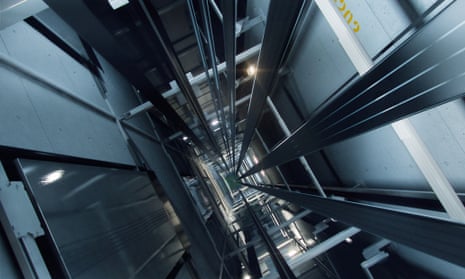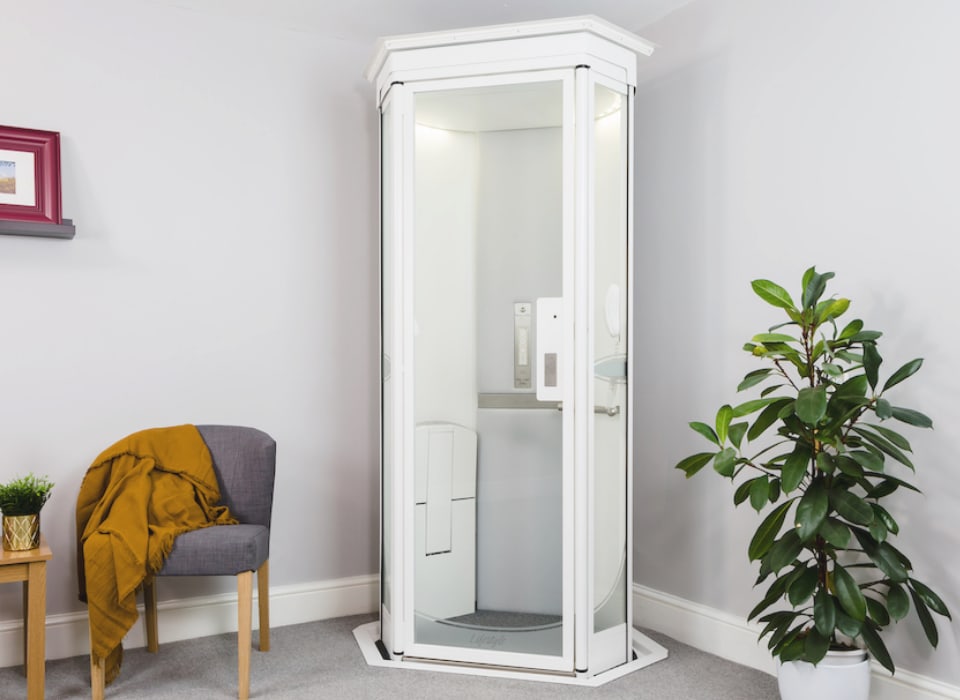Looking Into the World of Lifts: Typical Problems Faced by Various Lift Devices
As we navigate through the upright transportation systems of modern-day buildings, lifts stick out as an important component of our day-to-days live. Nonetheless, behind their smooth procedure exists a globe of complex systems that can sometimes encounter obstacles. From hydraulic elevators to traction systems and machine-room-less layouts, each lift type comes with its set of common issues. Recognizing these difficulties is crucial for guaranteeing the smooth performance of these crucial systems. Allow's discover the intricacies that underlie the operation of lifts and the potential issues that can emerge, clarifying the elaborate web of lift systems.
Hydraulic Elevators
Hydraulic elevators, typically favored for low-rise structures, use fluid pressure to control the movement of the lift automobile (lift repair companies). This system entails a hydraulic pump pressing oil right into a cyndrical tube, triggering the lift to relocate the wanted direction. While hydraulic lifts are known for their smooth and quiet operation, they do feature their very own collection of usual concerns
One common trouble with hydraulic lifts is oil leak. The seals in the hydraulic system can break in time, causing oil seepage. If left unaddressed, this not only develops a mess however can likewise influence the elevator's efficiency. Furthermore, problems with the control system, such as faulty valves or a malfunctioning pump, can trigger disturbances in the lift's activity.
Routine maintenance and timely fixings are vital to make certain the smooth performance of hydraulic elevators. By resolving these typical concerns proactively, building owners can lessen downtime and make sure the safety and effectiveness of their upright transport system.
Traction Elevators
When taking into consideration upright transportation systems in structures, one more common kind other than hydraulic lifts is the grip elevator. Traction lifts run using a system of ropes and counterweights that move the lift automobile by gripping onto the hoist ropes. This device permits for smoother and quicker vertical transportation contrasted to hydraulic systems.
One of the common problems faced by traction lifts is rope wear. The consistent motion of the ropes within the traction system can lead to tear and put on in time, potentially causing the lift to breakdown or become harmful for use. Normal assessments and upkeep of the ropes are necessary to ensure the lift's proper performance and security.
One more concern that traction elevators might encounter is connected to the control system. Troubles with the control system can result in concerns such as erratic activity, delays in feedback times, and even complete shutdowns. Routine screening and upkeep of the control system are vital to stop such issues and guarantee the lift's dependability.
Machine-Room-Less (MRL) Lifts

Among the crucial parts of MRL lifts is the small gearless traction device that is set up within the hoistway. This maker efficiently drives the lift automobile without the demand for bulky devices located in standard grip elevators. Furthermore, MRL elevators commonly utilize a counterweight system to balance the cars and truck, more improving their energy efficiency.
In spite of their benefits, MRL elevators might deal with challenges related to repair and maintenance as a result of the constrained room for devices installation. go to the website Access for servicing components within the shaft can be restricted, needing specialized training for professionals. Correct maintenance schedules and regular evaluations are crucial to ensure the continued smooth operation of MRL elevators.
Overloading and Weight Limitation Issues
Are elevators equipped to deal with excess weight loads efficiently and safely? Overwhelming and weight limit problems are crucial worries in lift operations. Lift makers style raises with details weight capabilities to ensure traveler safety and security and devices durability. Going beyond these weight limitations can cause various problems, including mechanical failings, delays, and safety and security dangers.
When lifts are strained, it places too much pressure on the electric motor, wires, and other parts, possibly causing failures or malfunctions. Safety mechanisms such as sensing units and overload sensing units remain in area to protect against lifts from moving if they spot excess weight. Additionally, going beyond weight limits can bring about enhanced energy consumption and deterioration on the lift system.
To mitigate overwhelming concerns, constructing managers must prominently present weight restrictions in lifts and inform residents on the value of adhering navigate to this site to these limitations - lift repair companies. Routine upkeep checks by qualified professionals can additionally assist make sure that elevators are running within secure weight parameters. By addressing overloading and weight limitation issues proactively, structure owners can boost lift safety and efficiency
Electric System Failures
Exceeding weight limitations in elevators can not only cause mechanical problems yet also possibly add to electric system failures within the lift framework. Electric system failings are a crucial problem in lift procedure, as they can cause unanticipated closures, malfunctions, or perhaps safety and security risks. One usual electrical issue is the overheating of components due to extreme current flow brought on by overloading the lift beyond its ability. This can result in damage to the electric motor, control, or circuitry systems, resulting in costly repair work and downtime.
Routine maintenance and evaluations are important to determine and deal with prospective electric issues promptly, making certain the risk-free and effective operation of elevator systems. By sticking to weight limits and conducting regular electric system checks, building proprietors can minimize the danger of electrical failings in lifts.
Conclusion

Hydraulic elevators, often chosen for low-rise structures, utilize fluid pressure to regulate the activity of the elevator cars and truck.When considering vertical transport systems in buildings, an additional typical kind aside from hydraulic elevators is the grip lift. Grip lifts run utilizing a system of ropes and counterweights that move the elevator car by gripping onto the hoist ropes. Unlike conventional elevators that require a different maker room to house the equipment, MRL elevators incorporate most of the components within the shaft, getting rid of the need for a specialized device area.In conclusion, lifts face common issues such as hydraulic breakdowns, traction system failures, and electric system troubles.